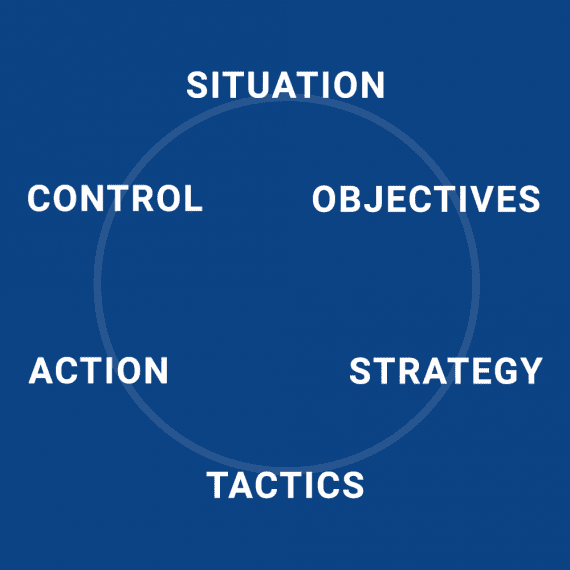I’m a managing partner at Space & Time, an independent media agency with offices across the UK and capabilities that span four key areas: media, technology, creative and training. Combined, we believe these pillars work together to deliver both an optimal client and consumer experience.
Please describe your job: What do you do?
After such an unpredictable year, I’m not sure how wise it is to make predictions but here goes. I believe that there will be a greater focus on building experiences to drive value. This will lead to greater investment in brand-building and measurement as value becomes the key commodity. Clients will expect to work with partners that offer business empathy to truly understand any pain points and opportunities for growth.
I wonder how different the lockdown would have been if it had taken place 20 years ago. Perhaps we would all have mastered the game of Snake on our Nokia 3310? In 2020 it has resulted in huge increases in digital consumption and ecommerce, facilitated by the greater accessibility and mass adoption of technology.
Talk us through a typical day…
My role is dynamic and never more so than this year. While my job is varied, my main responsibilities lie in driving the business forward from a strategic and commercial standpoint and distilling these efforts into an operational structure that supports clients in achieving their goals.
Since Covid-19 put a wrecking ball through most of our lives, I can confidently say that no two days are the same. Really, they’re not! As we continue to scale the business, while adapting to new working practices, the need for us to be agile and stay connected has only grown in importance.
It’s clear that remote working will continue to play a significant role in our lives as we head further into 2021. For me, it’s about empowering our people to make their own decisions, both personally and professionally so that they can achieve an effective work/life balance.
At Space & Time, we regularly pitch for new business so I’m often involved in a number of strategic planning sessions or pitch rehearsals before finding time to work with our leadership team on our business strategy for the next five years. Before the pandemic hit, we had begun working on some predictions for what a business like ours needs to look like in the future. Despite or perhaps because of the challenges we’ve faced this year, six months into the project, we’re very much on track!
How do you maintain an effective work/life balance?
If the pandemic has taught me anything, it’s that it’s entirely possible to work effectively from home. As a business, we’ve worked incredibly hard over the years to build a strong company culture and I admit that at the start of the pandemic, I questioned whether this would be eroded without us coming together at least some of the time. While I look forward to real-life meetings with colleagues in the future, we’ve also found ways to stay connected and maintain our culture and ethos.
Following that I work my way through a list of clients that I’m going to call during the week. Clients are our ‘ear to the ground’ on how consumers are behaving. Given our business is built around creating and delivering optimal experiences, these conversations are instrumental in helping us to understand what is happening across different industry verticals. As with any good partnership, it’s a two-way street and I share insights that aim to add value too.
As such, the first thing I do each morning is spend an hour or so on video calls with various members of the team. Since our entire workforce has had to work remotely for several months I can’t place enough value on giving every individual the support, training and advice that they need. We are a people business after all.
How has strategy changed at your company?
Focus on strengthening relationships and partnerships. Work as a team. Rome wasn’t built in a day but you give yourself the best chance when you surround yourself with the right talent and partners.
Brands are taking a digital-first approach and this isn’t just limited to the FMCG and retail sectors but it’s a trend that is reaching far and wide. In property, for example, this year we’ve seen the rise of virtual tours. To differentiate themselves, businesses are looking to create a brand experience that delivers on every level, adding true value to their customers. This year we’ve seen a significant increase in briefs focusing on brand-building as clients look to build their point of difference.
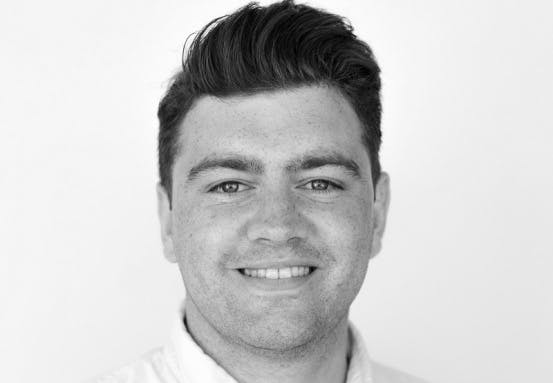
How has customer behaviour (or your clients’ customer behaviour) changed during the pandemic?
We’ve always put our clients front and centre of our priorities. Our client attrition has been phenomenally low since our launch in 2000. In fact, 76% of our billings in 2019 were from clients we’ve worked with for over five years. This success is only made possible by delivering results and delighting our clients, every day. We don’t just say it. We do it.
Collaborate with those who strive to understand your individual challenges and are committed to delivering a bespoke solution. While technology is key I believe application is even more important.
What do you predict for the future?
As a managing partner, I always felt I should lead by example and be ‘ever present’ in the office but the pandemic has broken down this emotional barrier for me and alleviated the pressure I put on myself. This has helped me find a much better balance and I think it will lead to a more motivated workforce overall. Personally, I’ve also taken up guitar, golf and cycling in recent months which I’m loving, although progress is a little slow.
What advice would you give a marketer right now?
In April 2020, I set out a vision to the leadership team focusing on what we call ‘business empathy’. The idea revolves around understanding the true nature of customer experience and that every client has a unique set of challenges that require a unique solution from their agency partners. Business empathy stems from true agnosticism across technology and media and it’s our job to identify the challenges and take the client on the journey to finding the best solution.
Reimagining our strategy in the midst of a pandemic made the process even more pertinent and in many ways it was the right time to take a moment, reassess our position and move forward.

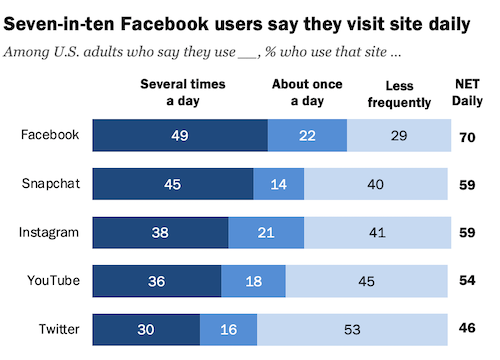
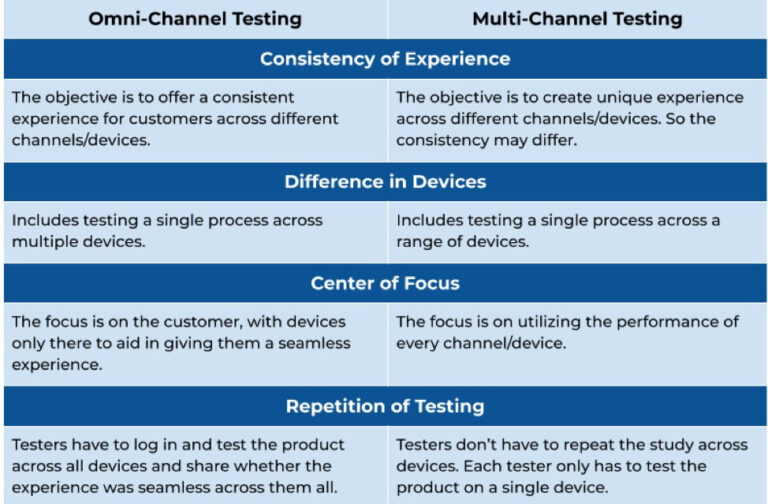
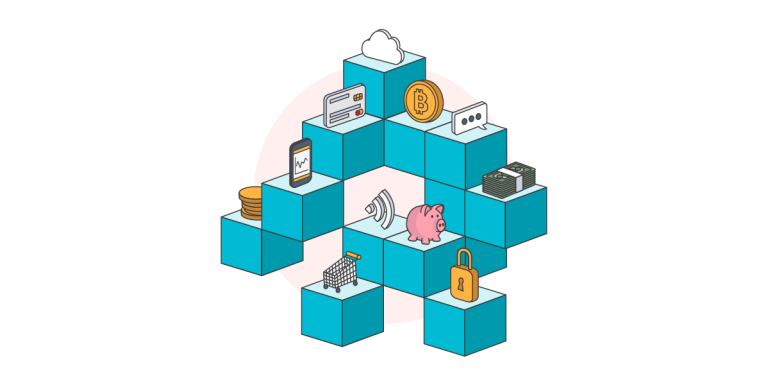
![What is Google Analytics 4, and Why Should You Implement it ASAP? [Updated]](https://research-institute.org/wp-content/uploads/2021/04/what-to-know-before-you-sell-your-small-business-768x432.png)
